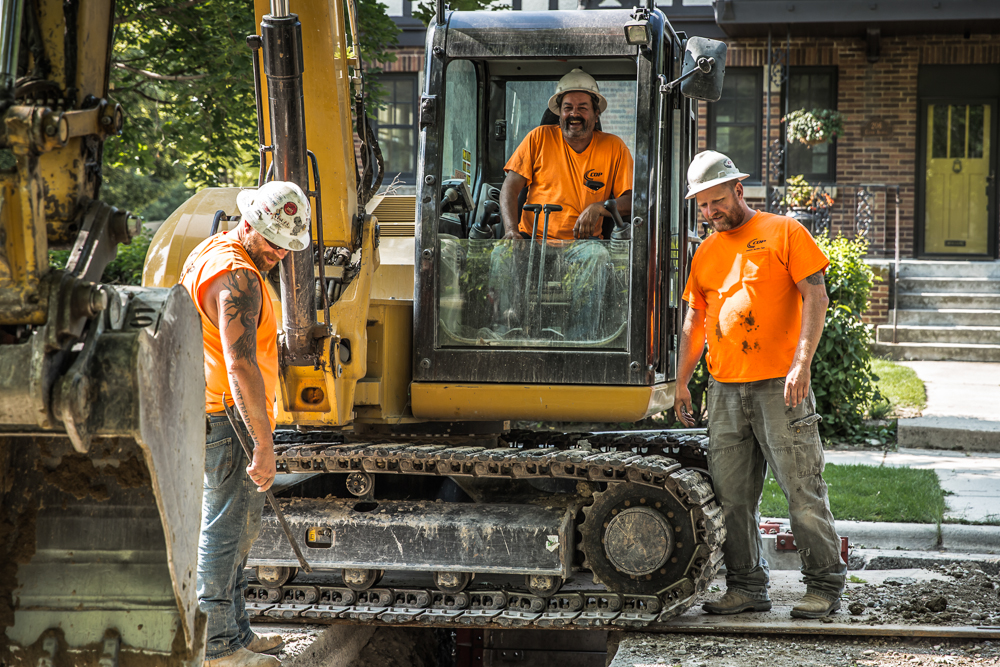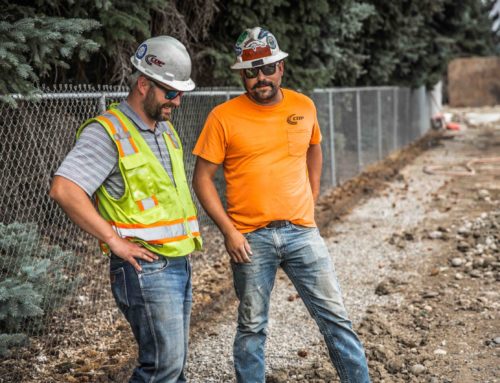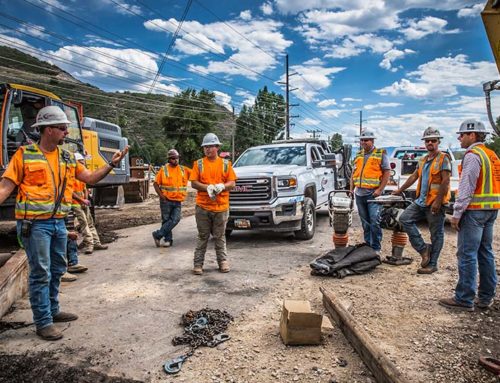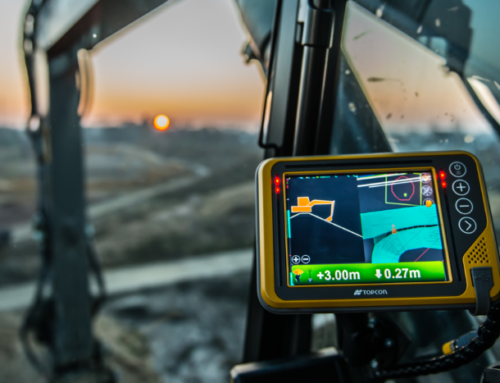Situational Awareness – Identify. Assess. Communicate.
When it comes to heavy civil construction jobs, safety is of the utmost importance. There is no bigger goal than to have each and every member of the COP crew return home to their families each night in the same condition in which they left that morning.
To that end, thorough training and rigorous safety protocols are in place to protect our most valuable assets – our people.
In addition to proper training and safety protocols, a crucial concept in keeping crews both accident- and injury-free at our construction sites is “situational awareness.”
Wikipedia defines “situational awareness” as the perception of environmental elements and events with respect to time or space, the comprehension of their meaning, and the projection of their future status.1
In layman’s terms “situational awareness” means being mindful of what is happening around you, where you are in relation to other people or things, and what potential threats there might be to people and things.
According to the United States Department of Labor Occupational and Health Safety Administration (OSHA), nearly 10 of every 100,000 construction workers suffer a fatal injury on the job every year, which is the fourth-highest rate of any industry. An additional 1.7 percent of construction workers suffer serious injuries – those that lead to missed work – each year.2
More than 60 per cent of construction-related deaths and an even larger amount of construction-related injuries are caused by 4 particular situations. Termed, “The Fatal Four,” these accidents include falls, being stuck by or impaled by an object, electrocutions and being caught in and object or in between two objects.3
COP encourages every employee to stay aware and continually assess their safety and that of every member of their crew on the job. We emphasize focus and aim to eliminate distractions that can lead to dangerous mistakes. Everyone is also encouraged to speak up and communicate openly if they see a potential hazard or notice something that doesn’t look right. Safety results from staying alert and being focused – and it is everyone’s responsibility to do so.
In that same vein, we also strive to anticipate and address safety issues throughout the lifecycle of each project, based on a 3-step situational awareness framework that includes:
- Identify – Our crews need to have access to critical information regarding the sites at which they work, the surrounding area, and the equipment they use. Prior to the start of any project, we evaluate the job site and surrounding area to identify any potential risks that may arise.
- Assess – Once a potential hazard is identified, we can assess the potential impact on our people and equipment, and plan ways to eliminate or lessen the risk to our crews.
- Communicate – Once we have a plan in place, updated safety measures and procedures are communicated to every member of the project crew. In addition, frequent safety meetings are held throughout the life span of the project to ensure that all crew members are aware of any additional risks that arise.
The bottom line is that there is no substitute for safety and we will leave no stone unturned when it comes to keeping our crews safe and sound. No matter what, safety comes first.
References:
1 https://en.wikipedia.org/wiki/Situation_awareness
2, 3 https://www.osha.gov/sites/default/files/publications/construction_hazards_qc.pdf





